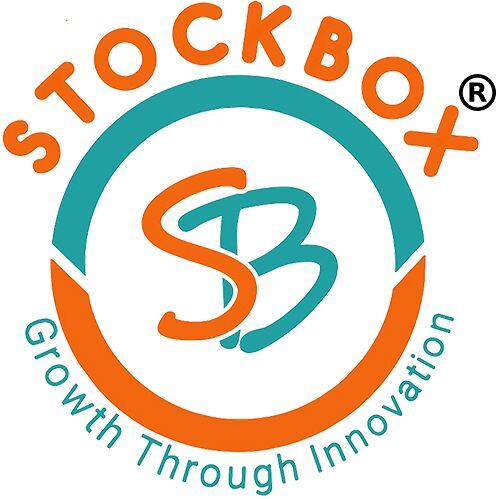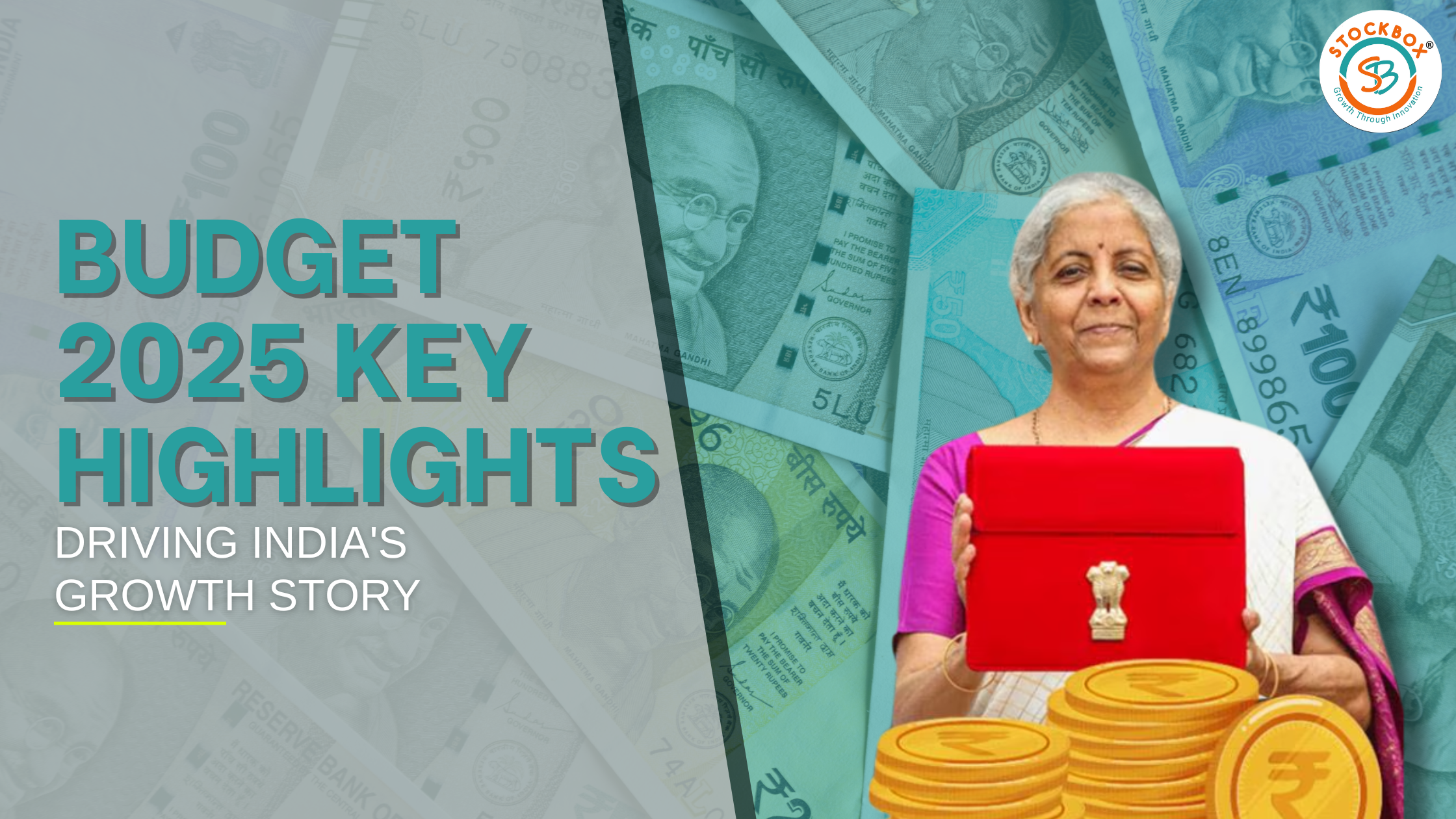Presented by Finance Minister Nirmala Sitharaman, the Union Budget for FY 2025-26 is a serious game-changer for the economy of India. This is the finance minister’s eighth budget and also the first budget of the current tenure of the ruling party, headed by Prime Minister Narendra Modi, which is in its third phase. Let’s delve into the major highlights and their implications for you:
Core priorities of the budget 2025:
The finance minister elaborated on the five important objectives:
- Driving Economic Growth: Affirming the commitment of India to attaining greatness in the global economy.
- Ensuring Inclusive Development: Externalizing growth to the farthest sections of society.
- Enhancing Private Sector Investment: To improve investor-friendly conditions.
- So that household consumption can be strengthened: More cash in the market to facilitate the economy.
- Enhancing Middle-Class Spending Power: Empowering the Expanding Middle Class.
Major Reforms Across Key Sectors
Income Tax Changes
- No income tax is payable up to ₹12 lakh under the new tax regime.
- 30% tax for salaried individuals earning above ₹24 lakh.
- Tax return filing limit extended to four years.
- Senior citizen interest tax threshold increased to ₹1 lakh.
- TDS on rent raised from ₹2.4 lakh to ₹6 lakh.
- No TCS on education remittances funded by loans.
Capital Expenditure (Capex)
- Revised capex for FY25 set at ₹10.18 lakh crore.
Financial Sector Reforms
- 100% FDI in insurance for firms investing premiums in India.
- Revamped central KYC registry introduced.
- Launch of Investment Friendliness Index for states.
Infrastructure Development
- ₹1 lakh crore Urban Challenge Fund for modernizing cities.
- Initial allocation of ₹10,000 crore for FY26.
- ₹1.5 lakh crore in interest-free loans for capex.
Affordable Housing
- Completion of 40,000 housing units by FY26.
- SWAMI Fund 2 with a ₹15,000 crore corpus.
Nuclear Energy Initiatives
- Mission to develop 100 GW of nuclear power by 2047.
- ₹20,000 crore allocated for small modular reactor R&D.
Support for MSMEs
- Customized credit cards for MSMEs.
- Higher investment and turnover limits.
- Fund of Funds expansion for better capital access.
Agriculture Reforms
- Han Dhanya Krishi Yojana for 100 low-productivity districts.
- Six-year mission for self-reliance in pulses.
- Makhana Board to be established in Bihar.
Kisan Credit Cards (KCC)
- Loan limit raised from ₹3,000 to ₹5,000.
Leather and Footwear Sector
- Initiatives to create 22 lakh jobs.
- Support for design and machinery development.
Power Sector Reforms
- Incentives for states to improve electricity distribution.
- Boosting intrastate transmission capacity.
Aviation Enhancements
- • The UDAN scheme was expanded to 120 new destinations.
- Greenfield airports are planned in Bihar.
Key Budget Figures
- Revised fiscal deficit for FY25: 4.8%.
- Fiscal deficit target for FY26: 4.4%.
- Total receipts (excluding borrowings) estimated at ₹31.47 lakh crore.
- Total expenditure set at ₹47.16 lakh crore.
Conclusion
Budget 2025 reinforces the government’s commitment to building a stronger, more inclusive, and dynamic economy. With reforms aimed at enhancing growth, simplifying taxes, and modernizing infrastructure, the budget sets the stage for a “Viksit Bharat.” The emphasis on middle-class empowerment, MSME development, and sustainable energy solutions underscores the vision of a future-ready India.
Stay tuned for updates as new announcements, including the detailed income tax bill, unfold in the coming weeks.
Check our Expectations on Budget : https://stockboxtech.com/what-to-expect-from-budget-2025-insights-for-investors/
Check our Youtube : https://youtu.be/GuA7SrnXNG8?si=TSvS5MDmlHeihDIY

